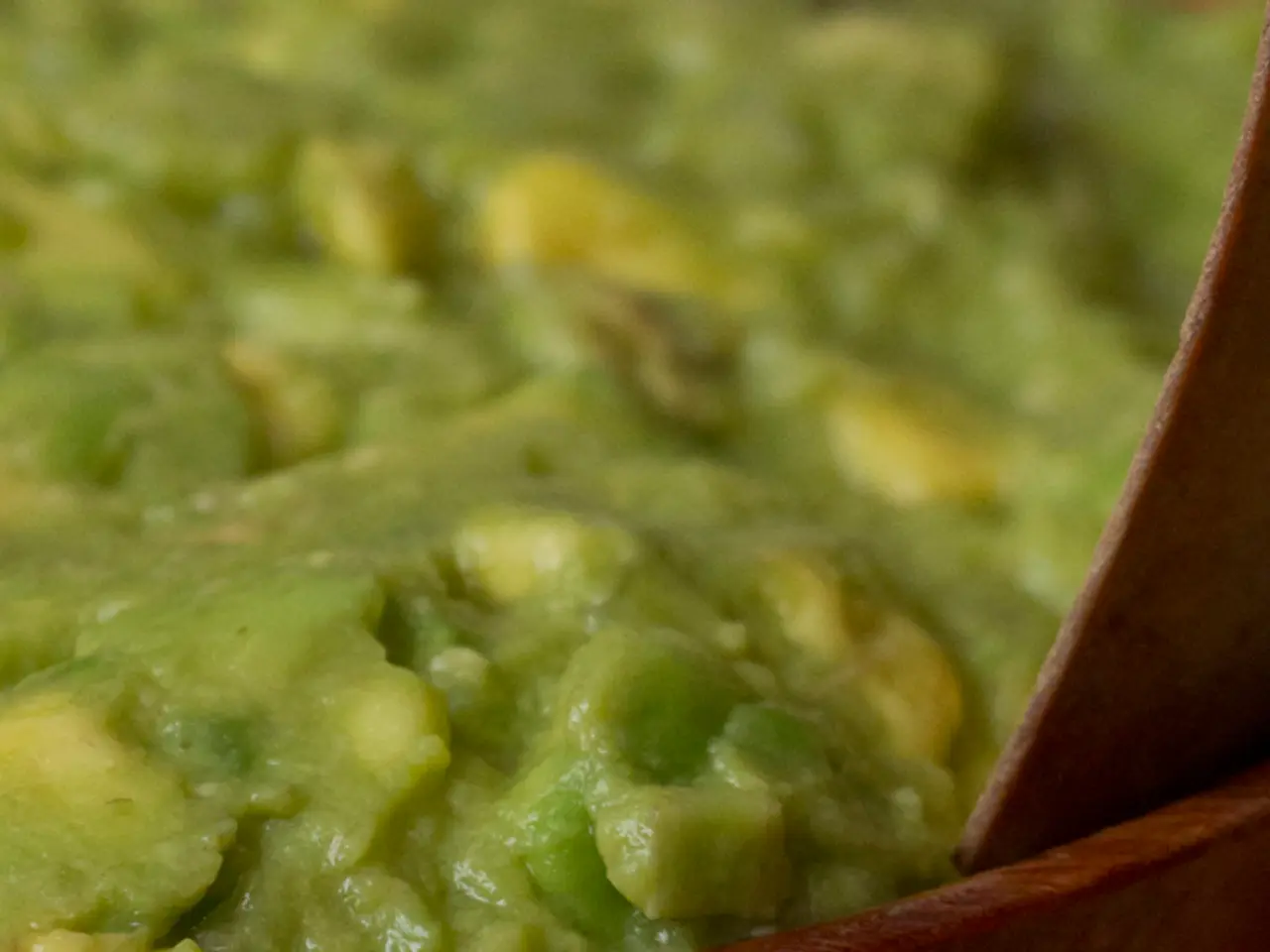Sweden's Foul-Smelling Fermented Fish: An Examination of Surstroemming's Offensive Scent That Inspires Consumption Despite Its Malodorous Nature
Surströmming, a traditional Swedish delicacy, has gained notoriety for its infamous odour and bold flavour. This fermented fish, a product of Sweden's fermentation tradition, has a long and intriguing history, as well as a unique microbial composition that contributes to its distinctive taste and preservation.
The origins of surströmming can be traced back to the 16th century, during King Gustav Vasa's Rebellion, also known as the Swedish War of Liberation. A salt shortage led to the creation of this unique preservation method, which involves slightly salting the fish and allowing it to ferment for months.
The fermented fish is then transferred to airtight tins where it continues to ferment for up to another year. This process, known as lactic fermentation, is facilitated by a variety of bacteria, including Halanaerobium praevalens, the star bacterium found in surströmming.
Other significant bacteria in surströmming include Alkalibacterium gilvum, Carnobacterium, Tetragenococcus halophilus, Clostridiisalibacter, and Porphyromonadaceae. Many of these bacteria produce lactic acid, propionic acid, butyric acid, and hydrogen sulfide, which enrich surströmming with its tangy, sour flavour.
The light brine used in the preservation process has been found to ward off bacteria that cause food poisoning, such as Salmonella, Listeria, and botulinum toxin. Additionally, the acids produced during fermentation lower the pH in the can, further reducing the risk of pathogenic bacteria that could make you sick.
When opening a tin of surströmming, a hiss is released and a strong aroma fills the air, often compared to rotten eggs, pungent cheese, ammonia, week-old armpit, and putrid fish. Despite this, the taste of surströmming is reportedly more pleasant than the stench, although it still packs a punch, said to taste like super-tangy and complex fermented fish.
If you're still brave enough to taste surströmming, the Swedish tourism board provides survival tips, such as opening the can underwater and rinsing the herring before eating.
In 2020, Italian researchers from Marche Polytechnic University published a comprehensive study on the science of surströmming, shedding light on the complex microbial interactions that occur during its fermentation.
Surströmming is caught between Sweden and Finland in the springtime, and its heads are removed while its roe are left in. The fermented fish is packed into large barrels with a weak brine and held at a temperature of 15 to 18°C for up to 12 weeks. Taps are fitted onto the barrels to burp the gases and prevent an explosion.
The origin region of Surströmming is northern Sweden, particularly the area around the Baltic Sea coast. One popular retelling of its origin story says the salt-deprived Swedes sold a barrel of this strangely preserved fish to the Finns.
Today, surströmming remains a beloved traditional Swedish delicacy, drawing visitors from around the world who are brave enough to sample its unique flavour and aroma.
Read also:
- Overweight women undergoing IVF have a 47% higher chance of conceiving naturally post-weight loss
- Bonsai Trees from Evergreen Species: Exploring Growth Characteristics & Distinct Qualities
- What temperatures may make walking your canine companion uncomfortable?
- Title: Information About Beovu: Potency, Form, Usage, and Additional Details






